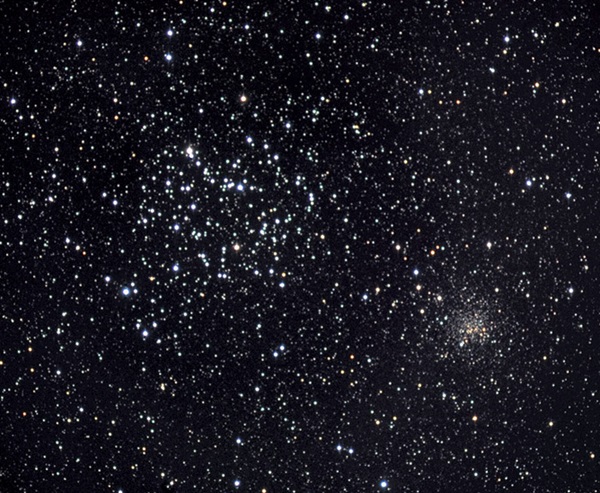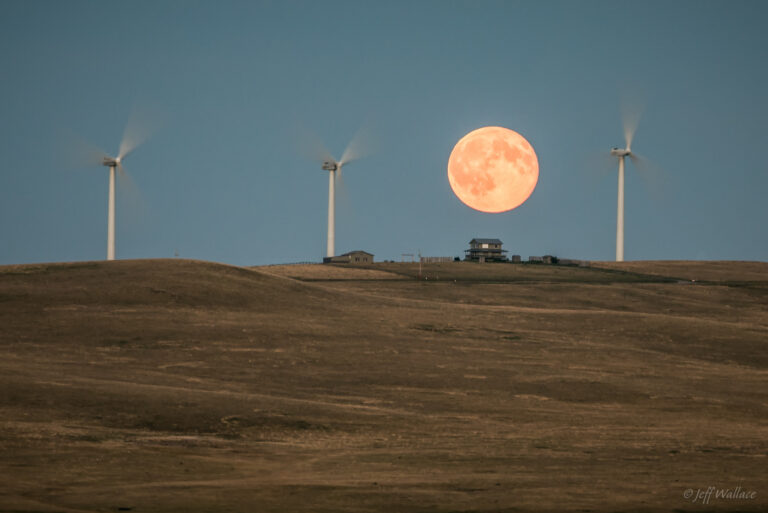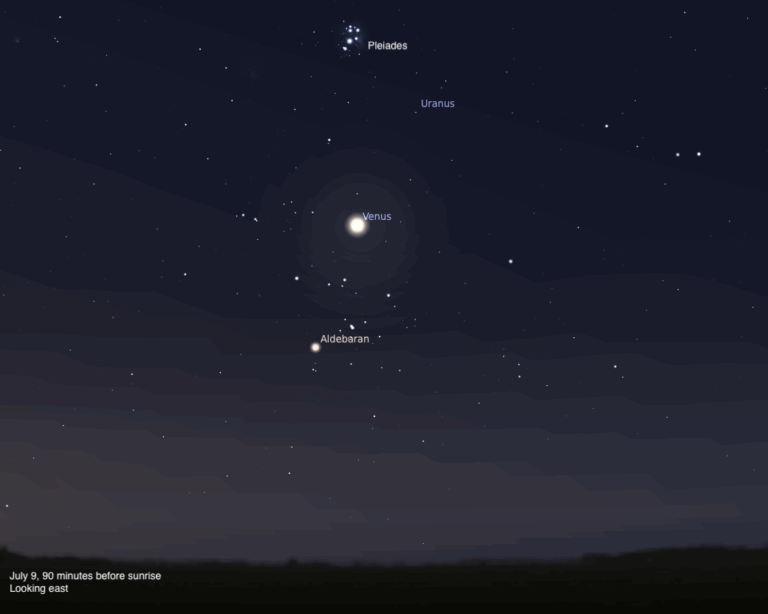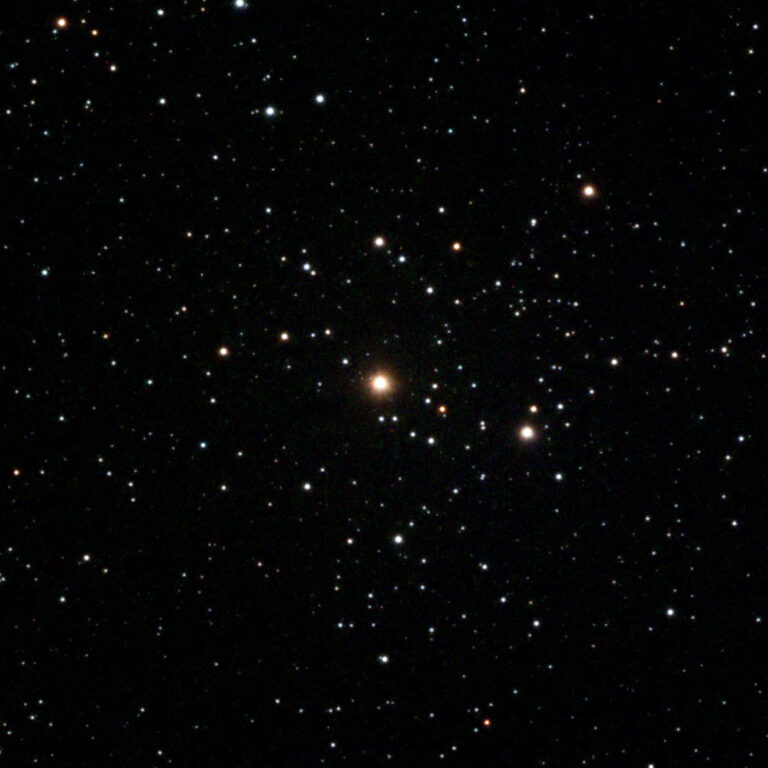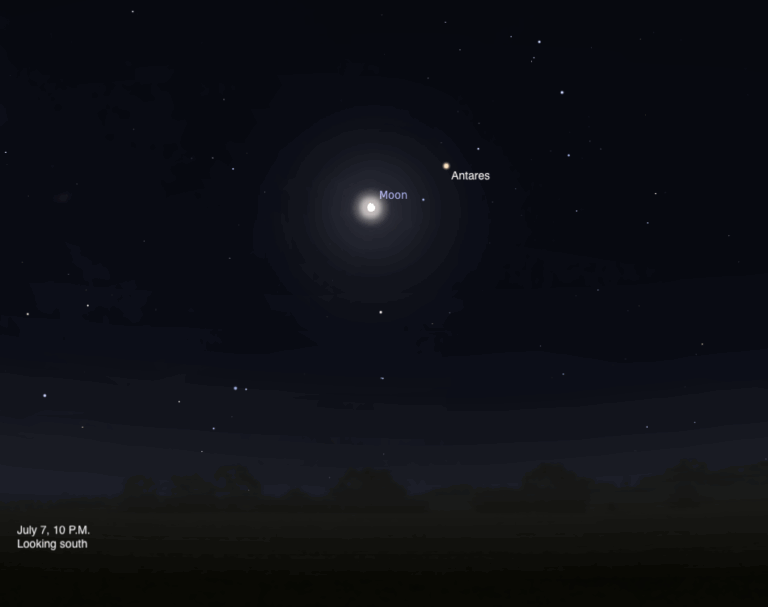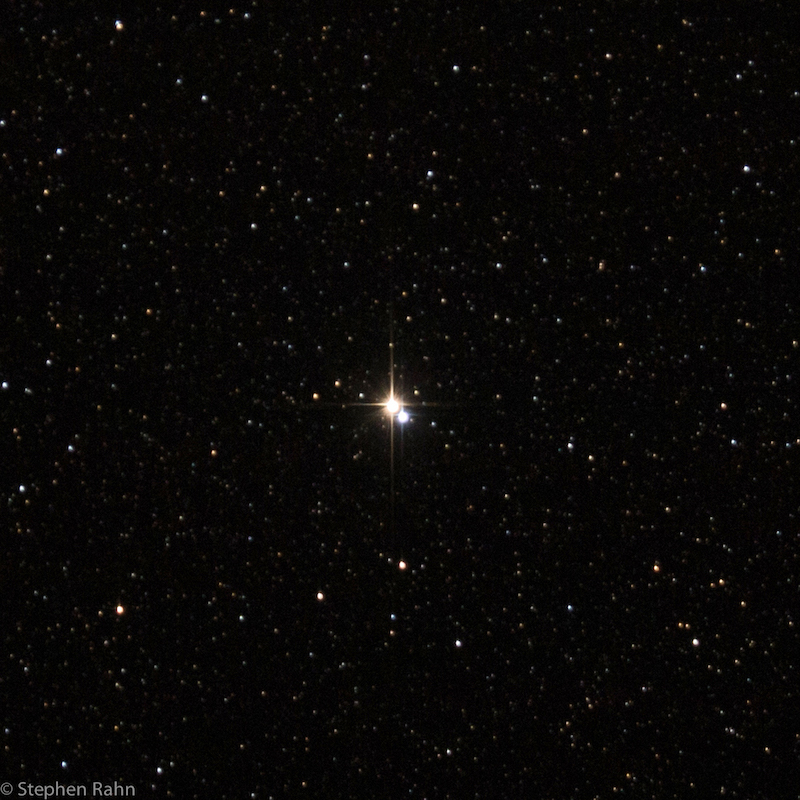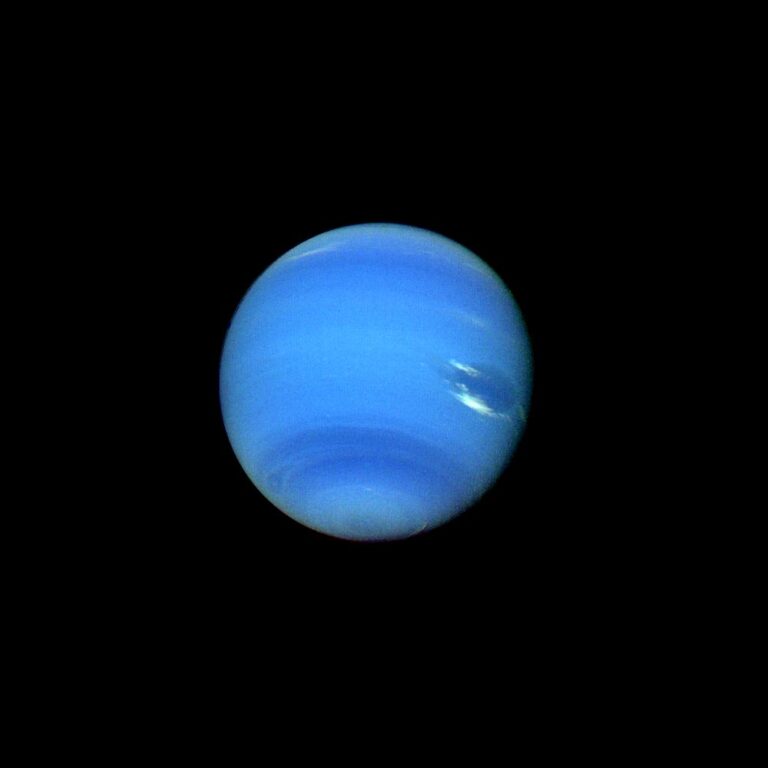Key Takeaways:
As a school teacher, I make use of a heavenly “Times Square ball” to count down the end of the school year. I’m referring to the “twin” stars Pollux and Castor in the constellation Gemini, and I watch their positions in the sky after sunset. In January, the two are visible above the eastern horizon. With each sunset, Pollux and Castor appear a bit closer to the setting Sun. Right now, this “New Year’s ball” shines about halfway between the zenith and the western horizon after sunset. In late June, as the school year comes to an end, Pollux and Castor fade into the glare of the setting Sun — Happy Summer Vacation!
The Triplets
In 2005, Gemini could aptly be called the “Triplets,” because Castor and Pollux are accompanied by a third bright “star” — Saturn. Of the telescopic objects that inhabit our night sky, few generate more excitement than Saturn. The fabled rings that always elicit a gasp of awe from first-time viewers can be glimpsed with an ordinary 2.4-inch (60mm) refractor and a magnifying power of just 25x. Under steady skies, a 3- or 4-inch scope and 100x will reveal the Cassini Division, a thin gap in the rings.
Sextuplets
Castor is the “alpha” star of Gemini, even though its brightness doesn’t warrant alpha-star ranking (Gemini’s beta star, Pollux, is almost a half magnitude brighter). Castor is a striking double star — perhaps the finest in the Northern Hemisphere. Its 2nd- and 3rd-magnitude components, separated by a mere 4 arcseconds (“), are fair game for any backyard telescope and 100x magnification. This wasn’t always the case.
In 1970, I couldn’t resolve Castor with my 3-inch reflector. The reason? Castor is a binary star with an orbital period of some 450 years. In 1970, the two were a little under 2″ apart — too tight for my little scope. Since then, they have drifted farther apart and will continue to do so for the rest of this century. A 9th-magnitude star, located 73″ away, orbits the main pair. There’s more!
Spectroscopic studies reveal each of the three stars in the Castor system is a close binary pair. Castor is a sextuple star! Whenever I gaze skyward at this seemingly singular point of light, I wonder at the stately cosmic dance of those six stars locked in gravity’s embrace.
Clusters galore
No exploration of Gemini would be complete without a visit to the magnificent open star cluster M35 (NGC 2168). Its location, near the “foot” of Gemini, is shown in the all-sky map on page 51. An interesting sight in binoculars, M35 comes to life under telescopic scrutiny.Small-aperture telescopes show dozens of cluster members in a splashy array that covers an area 30 arcminutes (‘) across (the Moon’s apparent diameter). Larger instruments will capture more than 100 stars. Use magnification around 50x.
If you look carefully near M35, you might catch a glimpse of the small, faint open cluster NGC 2158. I’ve seen it (barely) with a 3-inch scope, and only as a small, pulsing glow. A telescope with at least a 4-inch aperture is recommended (I just know I’m going to get an e-mail from someone living in Arizona who sees NGC 2158 regularly with the naked eye!). NGC 2158 is about 16,000 light-years away — 6 times more remote than M35.
April 16 is National Astronomy Day. Astronomy clubs and organizations across the country will celebrate the pursuit of this noble science. As of this writing, I haven’t been invited to participate in any Astronomy Day activities. That’s the astronomical equivalent of, well, not being invited out on New Year’s Eve. Oh well.
Next month: We visit Chaple’s School of Cosmic Dance. Clear skies.


